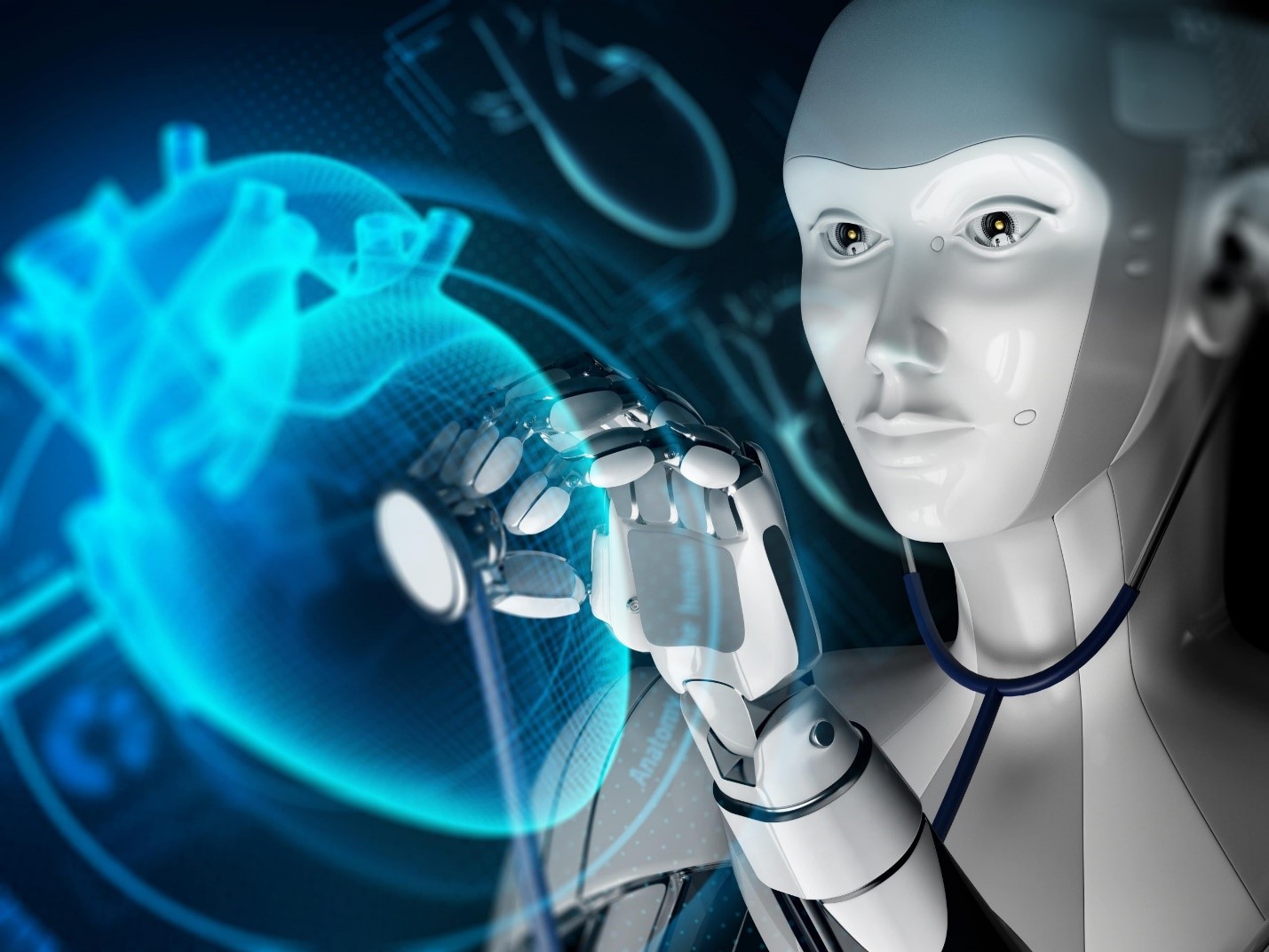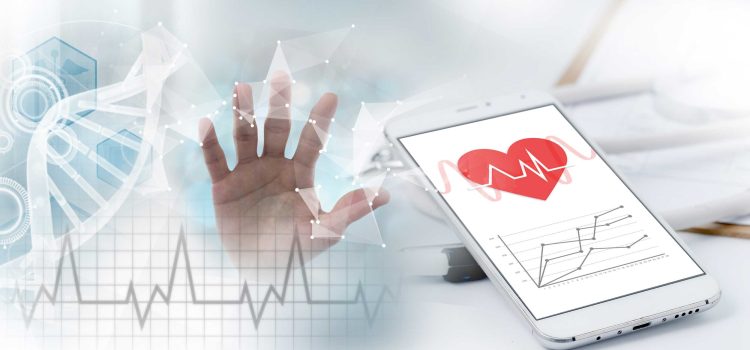
The Evolution of Technology in Emergency Medicine
John Snow’s pioneering work during the 1854 cholera outbreak in London not only resulted in saving numerous lives, but also transformed the approach to healthcare. Through meticulous mapping of the locations of cholera victims, Snow was able to identify the source of the outbreak as a contaminated water pump on Broad Street.
The removal of the pump handle effectively halted the spread of the disease, preventing further fatalities. Snow’s innovative use of data and mapping techniques was revolutionary for the time, demonstrating the power of information in combating infectious diseases. His legacy continues to inspire healthcare professionals to leverage technology and big data to enhance patient outcomes, particularly in emergency situations.
Today, advancements in technology enable real-time collection and analysis of vast amounts of data, empowering healthcare providers to make well-informed decisions swiftly and efficiently. This capability has proven invaluable in emergencies, where timely actions are crucial in saving lives. By utilizing tools like predictive analytics and artificial intelligence, healthcare professionals can uncover subtle patterns and trends in data that may otherwise go unnoticed, leading to improved patient outcomes.
As the healthcare landscape continues to evolve, John Snow’s legacy emphasizes the significance of using data and technology to safeguard public health. His pioneering spirit serves as a guiding light in the ongoing pursuit of enhancing healthcare for all individuals.
New Technologies Saving Lives
In the contemporary age, technological advancements have greatly altered the landscape of emergency response. The days of relying solely on the expertise and experience of healthcare professionals to make critical decisions during urgent situations are behind us. Thanks to the rapid development of artificial intelligence, robotics, drones, and virtual reality, medical practitioners now have a wide array of tools at their disposal to enhance the quality of care provided in emergencies.
One of the most significant impacts of these technologies on emergency medicine is their ability to provide rapid and precise diagnoses. In scenarios such as car accidents or natural disasters, where time is of the essence, AI-powered tools can expedite the assessment of injuries and enable medical teams to make well-informed decisions promptly. This capability is essential in saving lives and minimizing long-term consequences.
For instance, drones can be deployed to survey the scene of an accident, providing real-time visual data to healthcare professionals for efficient triage and treatment planning. Similarly, virtual reality simulations can be utilized for training in emergency procedures, enhancing response times under high-stress conditions. The incorporation of robots in emergency medical services can streamline processes and mitigate the risk of human error, resulting in the delivery of optimal care to patients.
Overall, the integration of technology in emergency response has significantly improved patient outcomes in critical situations. Whether it be through enhancing diagnostic accuracy or expediting treatment, these innovations continue to be instrumental in saving lives and enhancing overall patient care. While Dr. Snow’s groundbreaking work in epidemiology laid the groundwork for modern emergency medicine, it is the cutting-edge technologies of today that are truly reshaping the field.

How Artificial Intelligence Helps in Emergencies
The integration of AI technology in forecasting emergencies has brought about a significant transformation in the approach to healthcare and disaster response efforts. Through the analysis of extensive data sets, AI has the capability to identify potential risk factors and accurately predict the occurrence of emergencies, enabling us to enhance preparedness and expedite our response in times of crisis.
A notable example of the impact of AI in emergency prediction is the reduction of infant mortality rates in India. By leveraging smartphones to capture videos of newborn infants in remote regions, healthcare professionals were able to swiftly evaluate their health conditions and determine the appropriate course of action. This innovative approach not only contributed to saving the lives of numerous newborns but also provided valuable insights into the healthcare requirements of disadvantaged populations.
The successful application of AI in forecasting and preventing emergencies underscores the considerable potential of this technology in enhancing healthcare outcomes and preserving lives. With ongoing advancements in AI capabilities, we can anticipate even greater advantages in the future as we leverage predictive analytics to foresee and mitigate the effects of emergencies on communities worldwide.
Benefits of New Technologies in Emergency Medicine:
1. Streamlined Communication: With the use of telemedicine and other digital tools, healthcare professionals can easily collaborate and communicate with each other, leading to more efficient and effective patient care.
2. Personalized Treatment Plans: Technology allows for the customization of treatment plans based on individual patient data, ensuring that each patient receives the most appropriate care for their specific needs.
3. Remote Monitoring: Devices such as wearable sensors and telehealth platforms enable healthcare providers to remotely monitor patients’ vital signs and health indicators, allowing for early detection of potential issues and timely intervention.
4. Data-driven Decision Making: By harnessing big data and analytics, healthcare organizations can make more informed decisions regarding patient care, resource allocation, and operational efficiency, ultimately improving the overall quality of care.
5. Patient Empowerment: Technology empowers patients to take control of their health through access to information, remote consultations, and digital health tools that enable self-management of chronic conditions. This can lead to better outcomes and a more active role in their own healthcare journey.
The Future of Technology in Emergency Medicine
The field of emergency medicine is rapidly evolving with the integration of cutting-edge technologies such as drones and telemedicine. Thanks to advancements in communication technology, remote care is now a reality for patients in critical situations. This allows medical professionals to quickly assess and intervene, leading to improved outcomes.
Additionally, artificial intelligence is playing a crucial role in emergency medicine by aiding in the diagnosis and treatment of patients. AI algorithms can analyze large amounts of patient data in real-time, providing valuable insights to guide decision-making. These technological advancements are set to revolutionize how emergency care is delivered, offering speed and accuracy that was previously unattainable. As we look to the future, the possibilities for improving emergency medical response are endless.
With continued development and innovation, emergency medical professionals will have access to the tools and knowledge needed to provide the highest quality care. Ultimately, these advancements have the potential to save more lives and enhance patient outcomes, ushering in a new era of emergency medicine.
The Role of Big Data in Emergency Medicine
The utilization of big data has brought about significant advancements in the field of emergency medicine, allowing health systems to collect and analyze large quantities of data in real-time. This technology has the ability to transform the delivery of emergency services by providing valuable insights into health trends, predicting emergencies, and prioritizing care effectively.
One notable example of big data’s impact in emergency medicine can be observed in Spain, where a small portion of emergency calls are actual emergencies. Through the use of big data analysis, healthcare providers can swiftly identify non-emergency calls and ensure they receive the appropriate response promptly.
By leveraging the power of big data, emergency responders can make informed decisions, optimize resource allocation, and ultimately enhance patient outcomes. This innovative technology has the potential to revolutionize the delivery of emergency services, making healthcare more efficient and responsive to community needs.
How Apps are Changing Emergency Medicine
In the realm of emergency medicine, the potential for technological advancements is vast. Alongside existing apps designed to aid medical personnel in crises, we can look forward to further innovations that will revolutionize the field. The rapid pace of technological evolution opens up endless possibilities for groundbreaking apps tailored specifically for emergency situations.
One exciting prospect is the development of apps that offer real-time updates on patient vitals during emergencies, empowering medical professionals to make swift and well-informed decisions. Additionally, telemedicine apps have the potential to transform the way healthcare teams communicate and collaborate during critical moments, facilitating quick access to consultations with specialists from any corner of the globe.
By integrating technology into emergency medicine practices, we not only stand to boost efficiency but also to save more lives in urgent scenarios. The future of emergency medicine appears promising, with the potential of apps and other technological advancements on the horizon shining bright.










